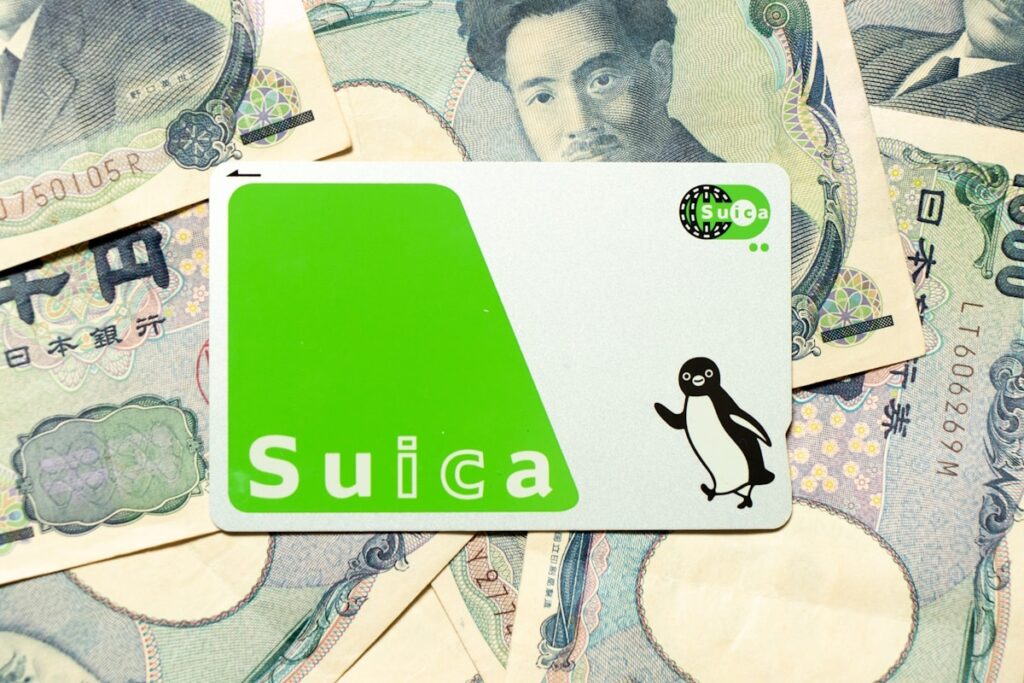[ad_1]
If you’ve traveled to Japan, chances are you still have a Suica, PASMO, or ICOCA card sitting in a desk drawer somewhere. But how long do you have until it expires?
Ubiquitous cards going digital
Japan is the second largest consumer of rail services in the world. Its average 2,142km of travel per person per year ranks it only behind Sweden. So it’s no surprise that transit cards are an important part of daily life here.
Japan’s major rail companies all offer their own version of a transit card based on Japan’s native FeliCa IC chip. And the cards are useful for far more than just travel. You can use the most popular cards – particularly Japan Railways East’s Suica card and the PASMO Corporation’s PASMO card – to make purchases at supermarkets, convenience stores (combinis), and more.
Sadly, the physical IC card may soon be a thing of the past. Both Suica and PASMO announced earlier this year that they were halting the sale of anonymous (no name engraved) physical IC cards due to a chip shortage.
You can still get a physical card if you register your name and phone number for one. Tourists can also get Welcome cards that last for 30 days.
But the need to have any sort of physical card is rapidly diminishing. Both Apple Pay and Google Pay now support adding digital Suica and PASMO cards directly to your smartphone wallet. And a few rail lines in Japan are experimenting with using credit card touch payments directly at ticket gates.
When you’ll have to say goodbye to your Suica
That said, if you still hold a physical card and are attached to it out of nostalgia – good news! It’ll continue working.
Advertisements
But what if you’re not in Japan? What if you only get to visit every so often? How long before that IC card in your wallet becomes just a fancy piece of plastic?
The good news is: you’ve got plenty of time. JR Railways Group says its ubiquitous Suica card won’t deactivate unless you fail to use it within a 10-year period. If you ding it even once anywhere, the 10-year ticking time bomb counter resets back to zero.
PASMO has the same 10-year expiry, as do Japan Railways West’s ICOCA card (used primarily in the Kansai region) and the TOICA card issued for northern Japan by JR Tohoku.
Beware the “special” cards

However, according to site Financial Field, there are exceptions to this rule. Rail companies often issue special commemorative cards to celebrate some event. These usually have a much more limited usage period.
Example: in June 2022, Suica and JRE Mall released a card celebrating the 150th anniversary of rail services in Japan. That card expired back in March of this year!
So what happens if you’ve got an expired card? For most cards, like Suica, you can go to a customer service station (e.g., a JR Railways East customer service counter) and request either a balance transfer or a refund of the card’s remaining balance. If you request a refund, JR Railways East takes a little 220 yen fee ($1.49) out of your balance as a service fee.
Moral of the story: Don’t let a decade lapse before you use your IC card – start planning your next trip to Japan today!
What to read next
Japan Rail Companies Limit Train Passes Due to Chip Shortage
Sources
Suicaは10年間未使用だと失効する⁉ 失効後の対策は? 他の交通系ICはどうなの?Financial Field
[ad_2]
Source link



